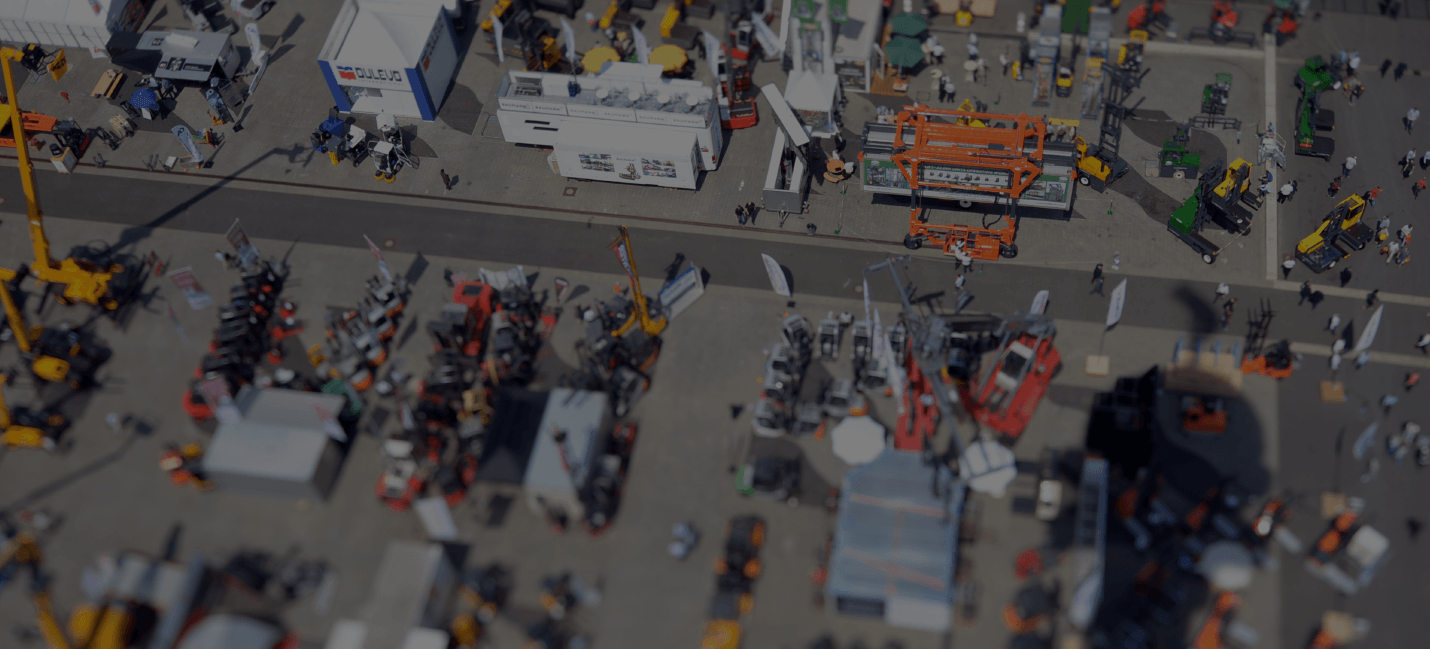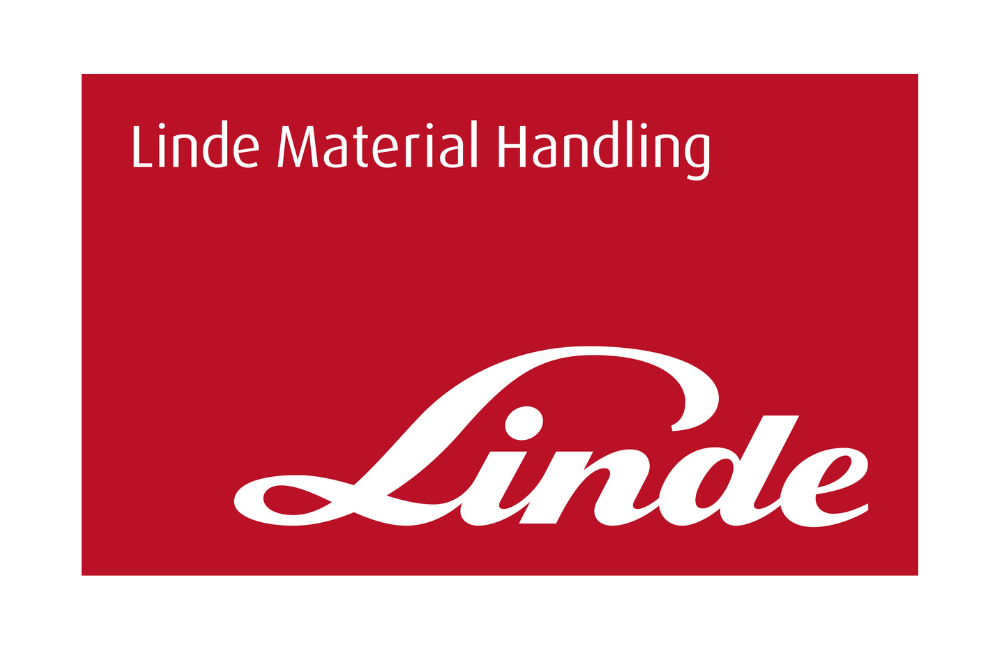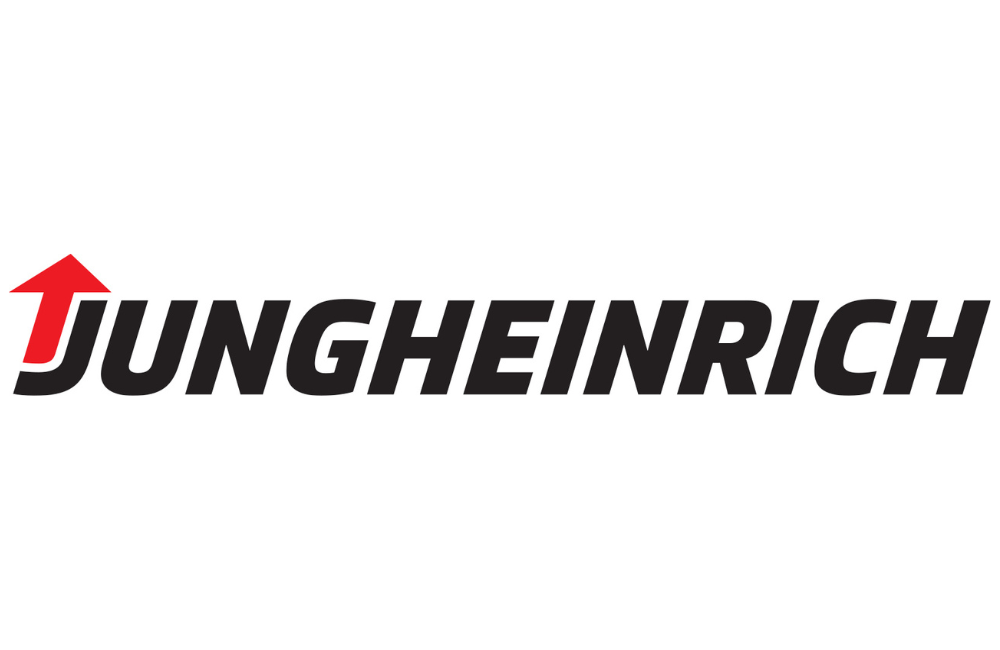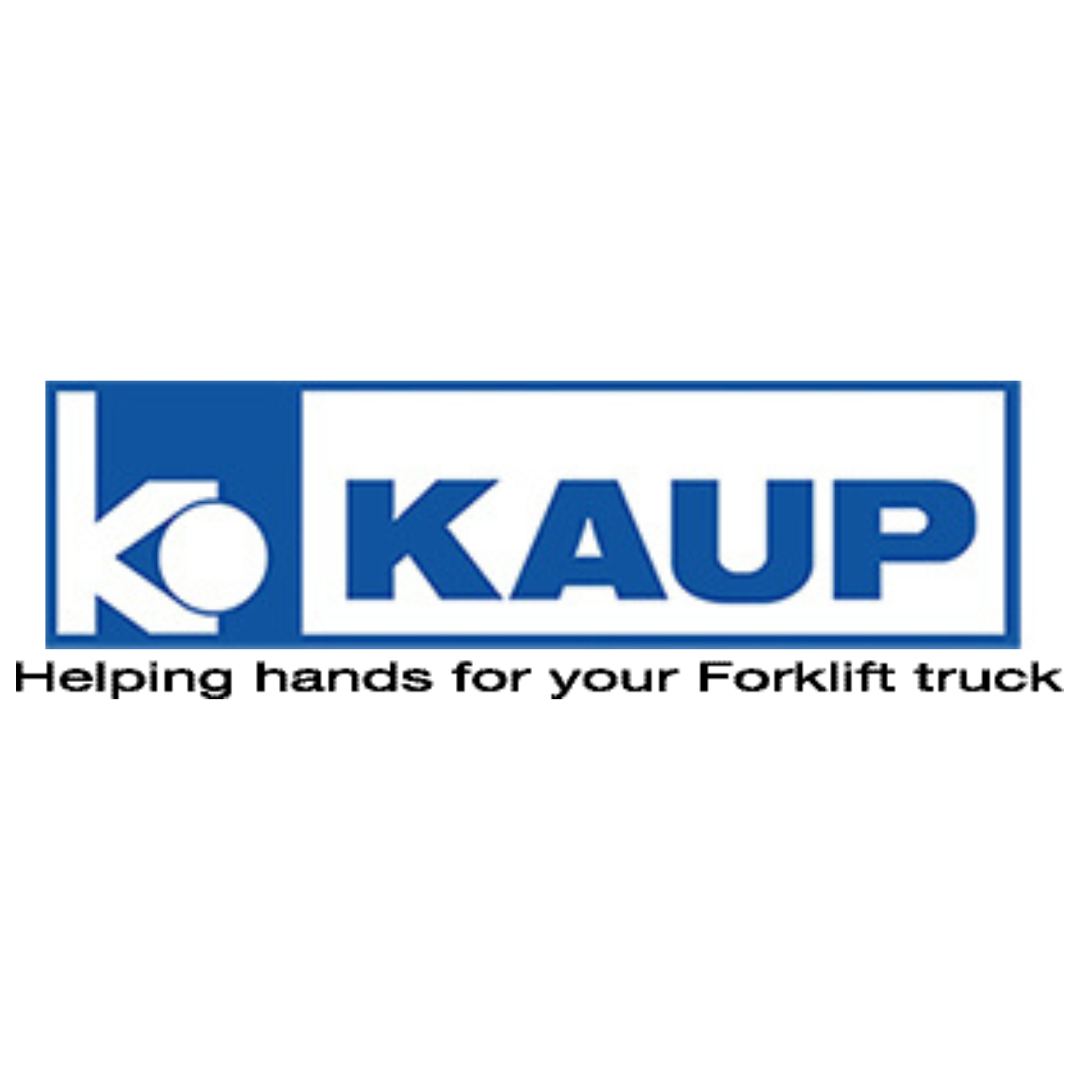4 key facts about Zara’s supply chain success
In a challenging economic retail climate, there is one retailer that is crushing sales and swooping in for global domination. You may have heard of the international giant Zara, but if you haven’t, their supply chain management strategy is worth noting.
This post looks at Zara's supply chain success, how they implement an omni-channel experience, and their vertically integrated strategy that allows them to quickly innovate and alter products.
History of Zara’s economic growth
 Zara is a major division of the Spanish retailer Inditex, the world’s largest apparel retailer. Zara started off in 1975 in Arteixo, Galicia, but since then has crept steadily into a state of global domination with stores located in the US, France, Mexico, Japan, South Korea, India, Australia and many more.
Zara is a major division of the Spanish retailer Inditex, the world’s largest apparel retailer. Zara started off in 1975 in Arteixo, Galicia, but since then has crept steadily into a state of global domination with stores located in the US, France, Mexico, Japan, South Korea, India, Australia and many more.
In 2014, Zara achieved company sales of a not too shabby $19.7 billion, beating many of its competitors out of the water. The clothing mammoth is still able to consistently achieve sales growth event with a zero advertising policy, with the company preferring to invest money into new store locations over billboards and posters.
With 1,923 stores in 88 countries and off-shoot businesses including Zara Kids and Zara Home, Zara is a clear leader in fast fashion, and many supply chain experts put this success down to they way the company was able to innovate their production. Let’s take a look at the 4 key strengths in the Zara supply chain.
1. The products people want, when they want them
Rather than outsourcing production to Asia, as many clothing retailers are wont to do, most of the products offered by Zara are manufactured in the dozen-or-so company-owned factories. However, items with a longer shelf-live are outsourced to low-cost suppliers.
This gives Zara a competitive edge when supplying consumers with the items they want, when they want them. Zara is able to cater to a wide range of customers by providing seasonal clothing as well as more basic items like t-shirts.
 Customer preferences for fashion are met by a shortened product lifecycle and by constantly assessing what products sell (or which products don’t sell). New fashion items can be designed and delivered to the store within four weeks, and modifications can be made to existing items in as little as two weeks. If items prove to be unpopular with consumers, the items will be removed from the store, further orders will be cancelled, and alternatives are then pursued.
Customer preferences for fashion are met by a shortened product lifecycle and by constantly assessing what products sell (or which products don’t sell). New fashion items can be designed and delivered to the store within four weeks, and modifications can be made to existing items in as little as two weeks. If items prove to be unpopular with consumers, the items will be removed from the store, further orders will be cancelled, and alternatives are then pursued.
Loyal customers of Zara know that popular items are rarely reordered, so if they spot something they like they had better purchase it straight away or risk losing out. But it doesn’t just stop there. Many customers become enamoured with Zara because many of their items on offer reminisce of high-fashion stores but are sold at the fraction of the cost.
It is for this reason many media organisations have heralded Zara with accolades such as the leader in fast fashion and the world’s top fashion retailer. Hopefully it’s obvious by now that Zara is able to achieve this by putting the customer at the heart of their supply chain through the omni-channel experience and vertically integrated supply chain.
2. Creating an omni-channel business
Omni-channel business focuses on utilising their supply chain to deliver a great customer experience. This strategy is contrasted to multi-channel supply chains where the focus is on the ways in which the customer can pay for the items.
 At its core, Zara values it’s speed and responsiveness to the latest fashion trends so much that it holds these elements in higher regard than cost. Omni-channel is all about ensuring your product or service is in the right place, at the right time.
At its core, Zara values it’s speed and responsiveness to the latest fashion trends so much that it holds these elements in higher regard than cost. Omni-channel is all about ensuring your product or service is in the right place, at the right time.
Zara was able to create synergy between their business and operation strategy by focusing on the importance of the supply chain when delivering a great customer experience. They are able to take designs from the catwalk, manufacture and distribute them within two weeks of the design first appearing in the fashion industry.
Zara will only commit 15-25% of a season’s line six months in advance, meaning that 50% of their products are designed and manufactured within the season itself. This ensures the clothing Zara has on offer is on trend and is exactly what the customer wants at that point in time.
Depending on the size and nature of businesses that use an omni-channel supply chain, many retailers require third party suppliers to delivery the seamless customer experience as part of this strategy. But this doesn’t apply to Zara because they were able to vertically integrate their supply chain. Find out more below.
3. Integrating business and operations strategy
The super-fast turnaround of Zara's stock is the result of a well oiled production process that is both agile and flexible. But what many people don't know is that Zara retains more control over their supply chain than most retailers because it is vertically integrated, meaning they have ownership of their supply chain.
Vertically integrated supply chains are contrasted to horizontal integrations that seek to partner with 3rd parties for various components of the business.This strategy allows Zara to cuts costs because they aren't outsourcing to multiple suppliers, a lot of time is cut in the distribution process and many conflicts from different channels are avoided.
 Vertically integrated businesses are also best known for leveraging mass-production principles of efficiency because the business owns all the assets of manufacturing and production. There is still debate as to whether vertical or horizontal integration is best for business, as vertical businesses are able to save money through efficiencies, where as horizontal integration enables businesses to benefit from low costs of manual labour.
Vertically integrated businesses are also best known for leveraging mass-production principles of efficiency because the business owns all the assets of manufacturing and production. There is still debate as to whether vertical or horizontal integration is best for business, as vertical businesses are able to save money through efficiencies, where as horizontal integration enables businesses to benefit from low costs of manual labour.
Zara is known for opening locations in central business districts with as many locations as possible. So they really need to ensure they don't have any issues delivering their clothing lines to stores. Zara manufactures and distributes products in small batches. This allows them to take full control over the design, warehousing, distribtuion and logistics functions rather than relying on outside partners.
4. Innovating for rapid development
The industry average for developing a new product and getting it to stores is six-months. Zara can achieve this, reportedly, in just one-week. The sheer scale and speed of Zara’s production schedule is no small feet, with the fashion retailer launching 12,000 new designs each year.
Forbes put many of Zara’s successes down to its ability to generate quick turnover of merchandise by rapidly shipping new designs to stores (as discussed above). Sustained innovative new lines of clothing constantly replace old ones in the global Zara network.
Unsold items account for less than 10% of stock, compared to the industry standard of 17-20%. This is achieved through their unique business model of copying high-fashion designs, seeking global customer feedback, and then literally sewing the changes into their stock. Re-designing their stock in this manner gives consumers the feeling that the products are new and creates urgency on an otherwise unwanted item.
Key takeaways for success
Zara is one of the world’s greatest supply chain success stories, and there are many takeaways businesses can learn from them:
- Zara places the customer at the heart of all their operations
- The omnichannel experience focuses on how the customer feels about the transaction
- Their vertically integrated supply chain allows Zara to retain control of operations and ensure speed and responsiveness for their customers
- Zara utilises innovative means to ensure they can rapidly deploy new designs to market that are what the customers want, when they want it.

















